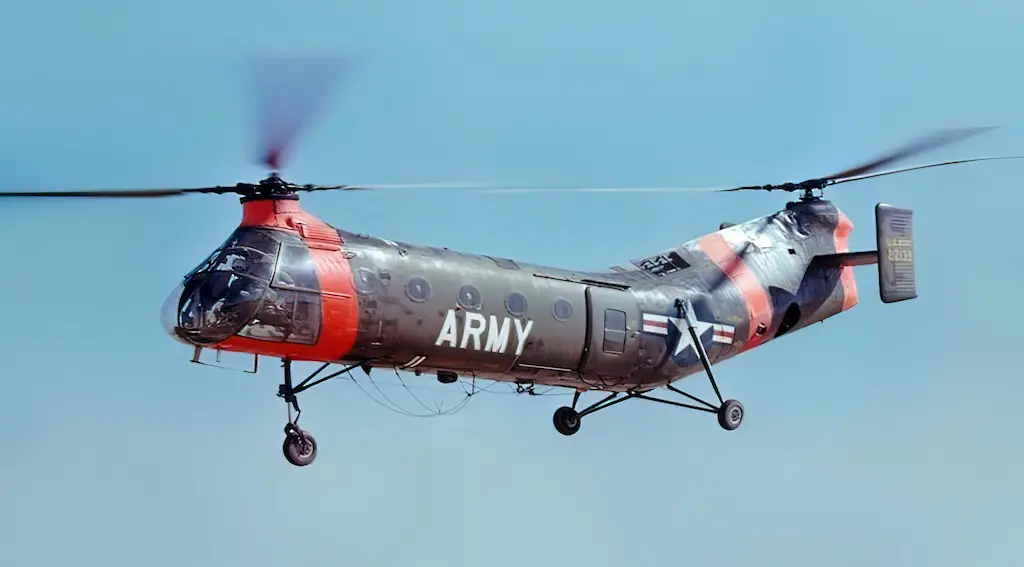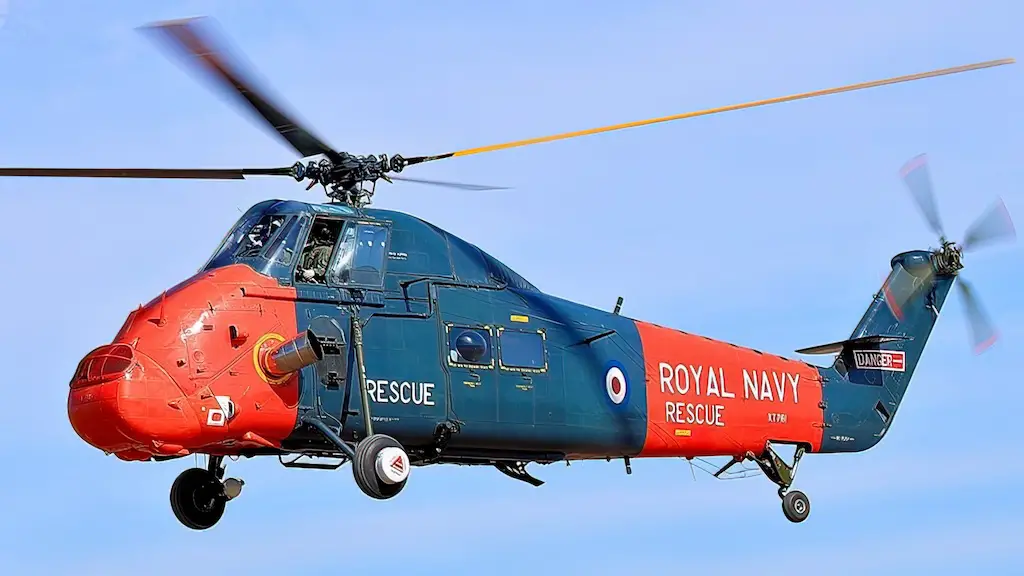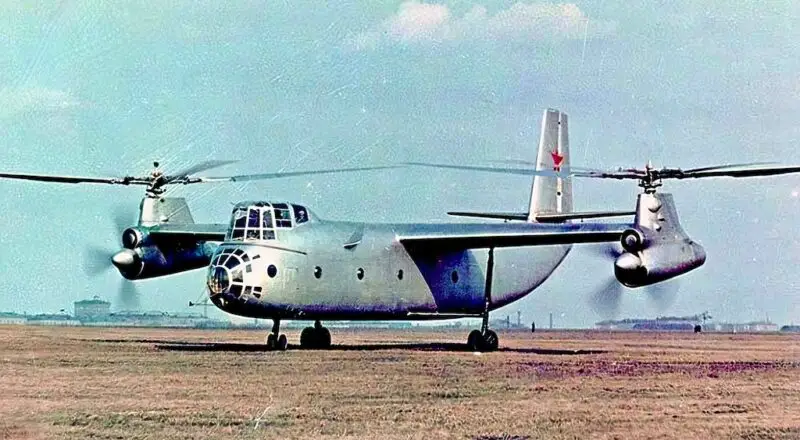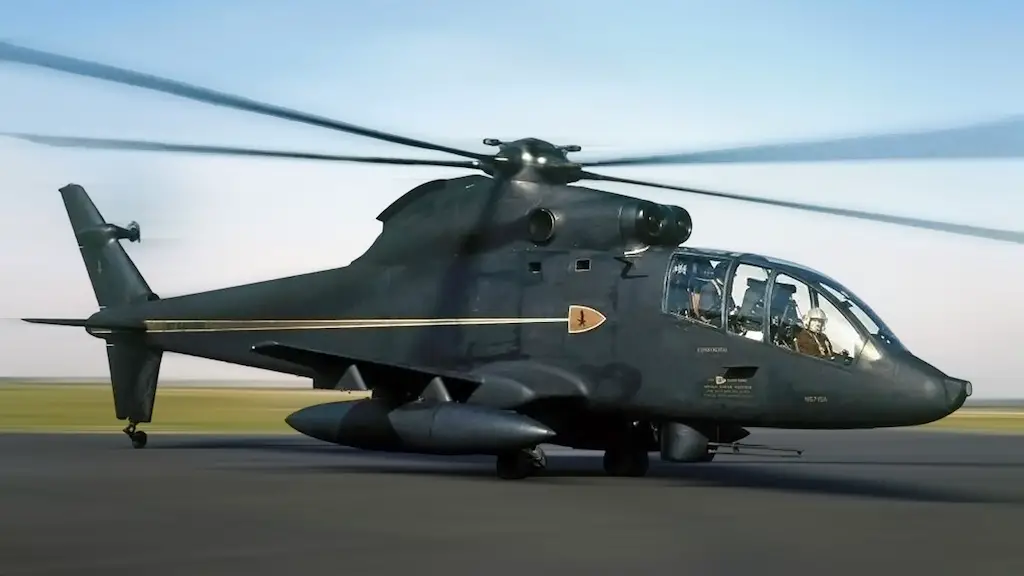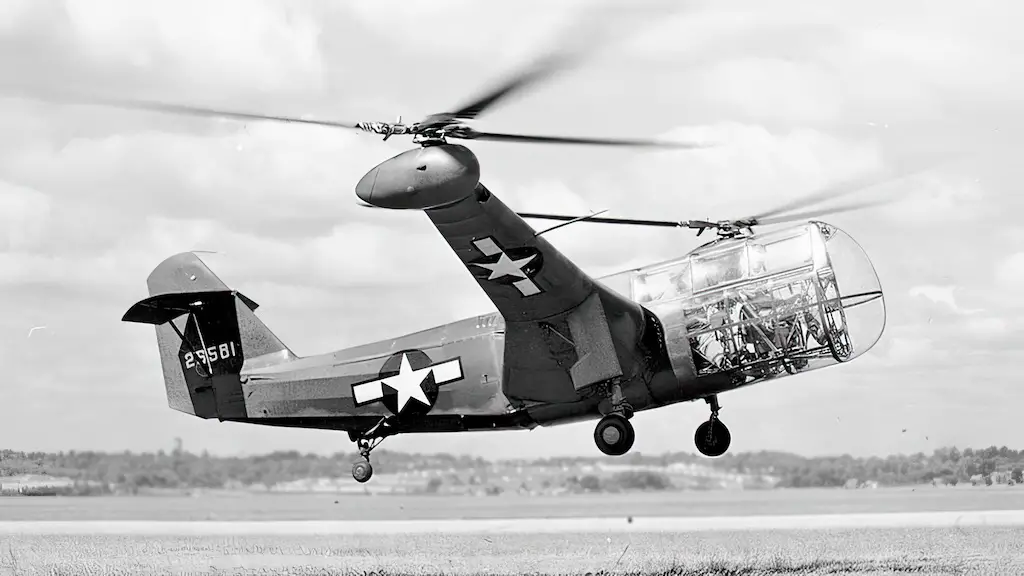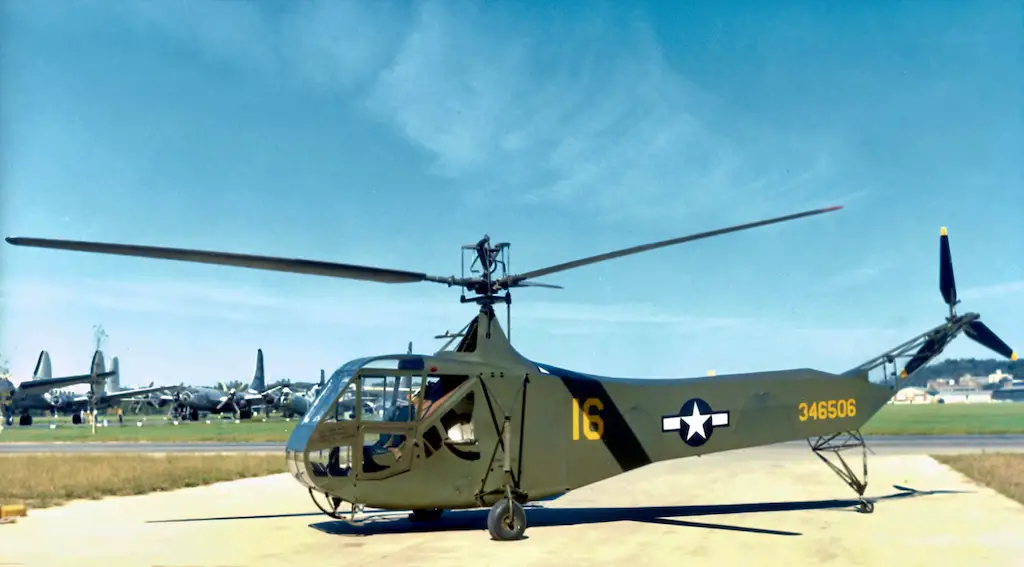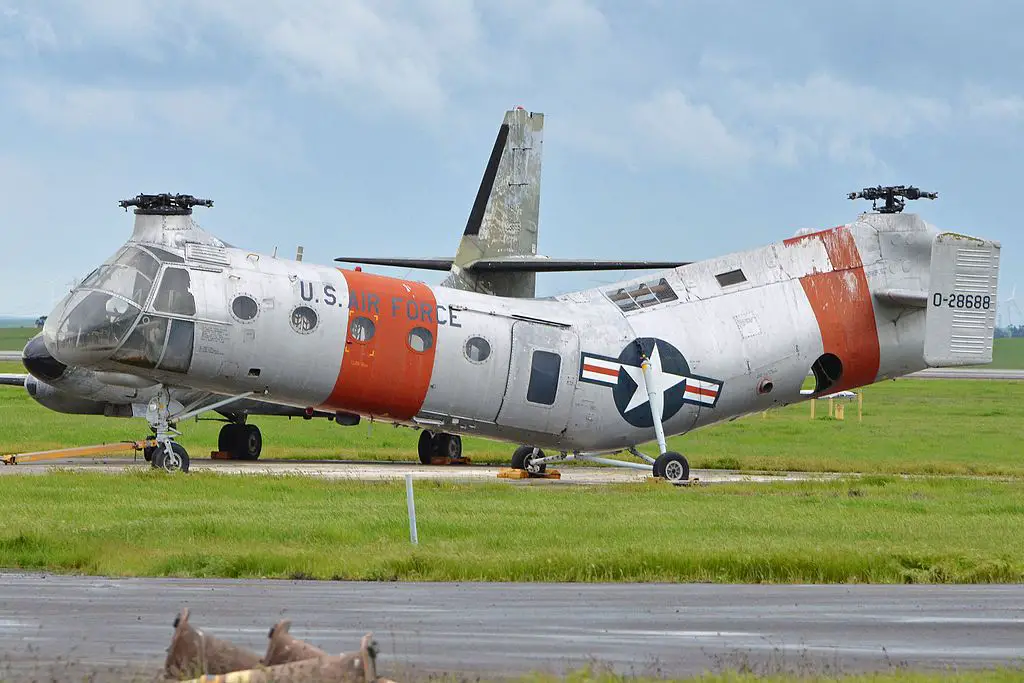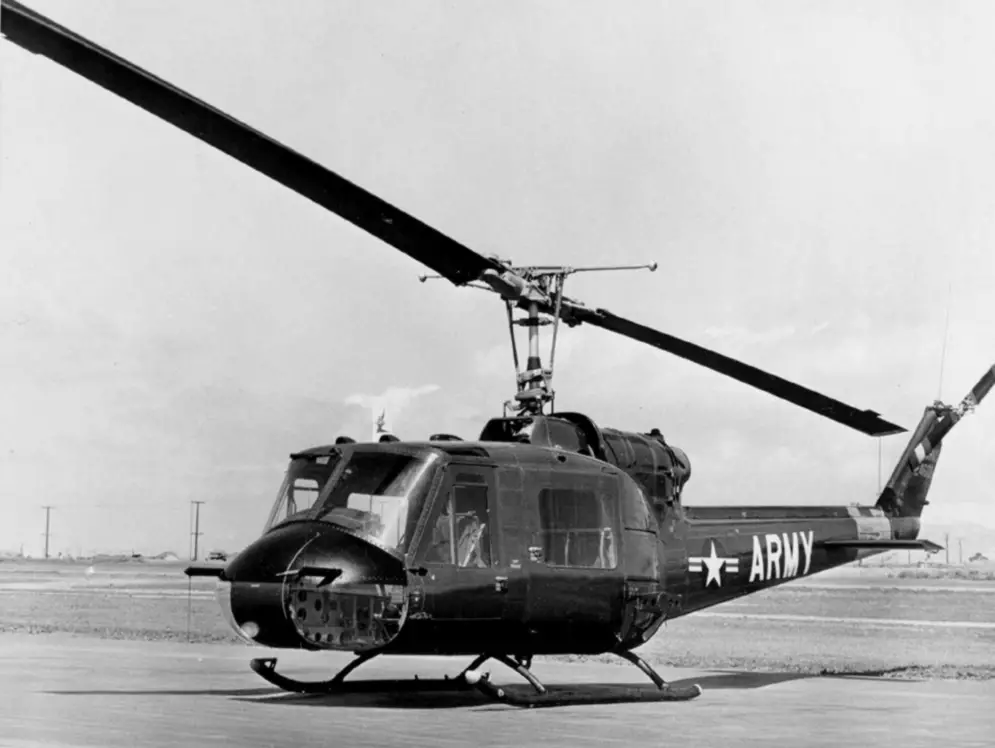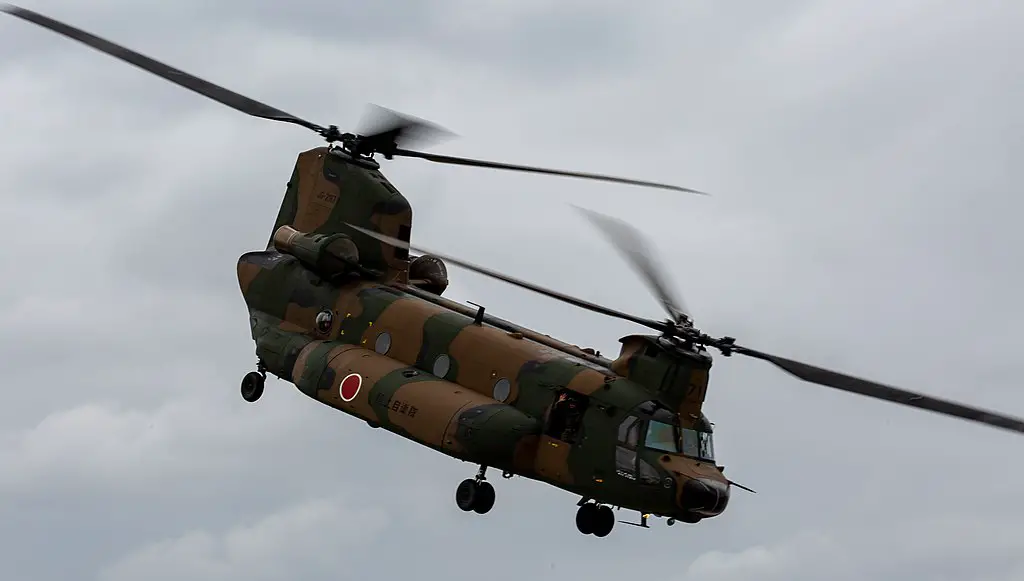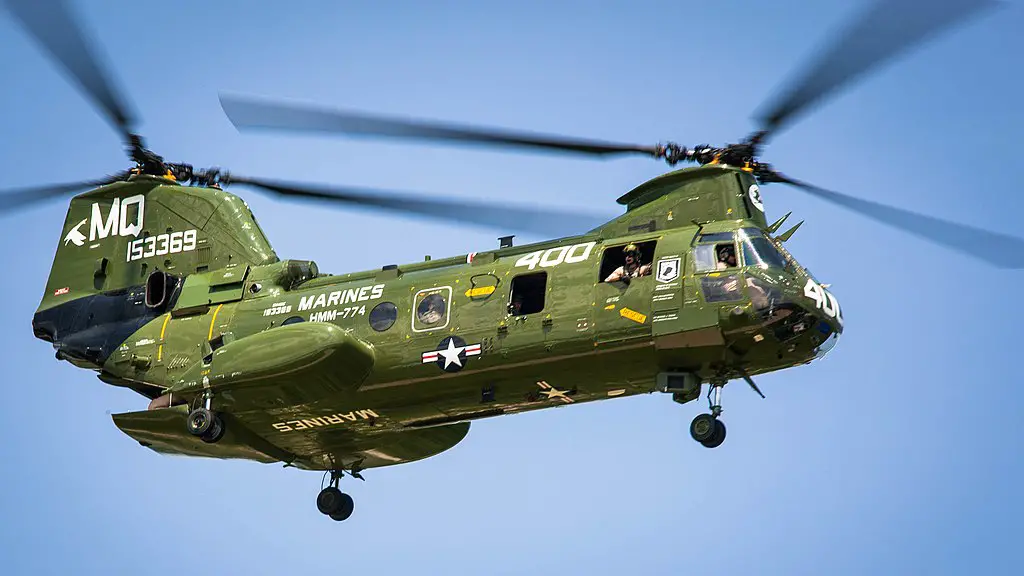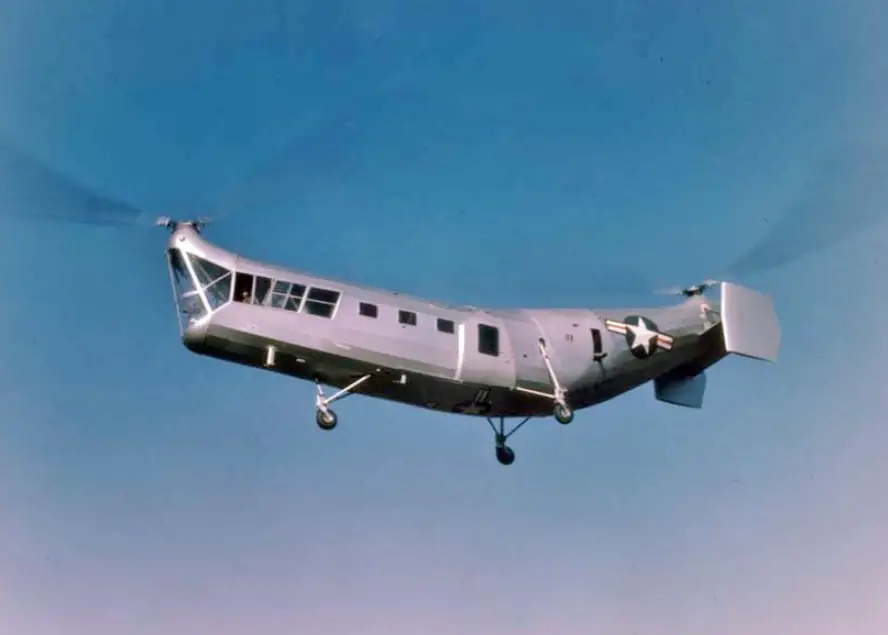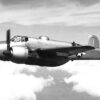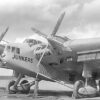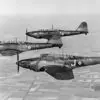Piasecki H-21 was one of the early tandem-rotor helicopters that saw wide use, including in combat. Originally developed in early 1950s for Arctic rescue, modifications of this machine were later extensively employed by the US military, including in Vietnam. H-21 was also operated by several other countries, among them France, which put it to use in the Algerian War.
Yet another banana
In late 1940s and early 1950s Piasecki Helicopter Corporation developed several tandem-rotor helicopter designs. The first of them, HRP-1 Rescuer, had a characteristic upward slanted aft section, putting the rear rotor assembly higher than the fore one. Such configuration ensured adequate vertical clearance between the intermeshing fore and aft rotor assemblies.
It earned the HRP-1, as well as its similarly shaped successor, H-21 Workhorse/Shawnee, the “flying banana” nickname. The H-21, which made its first flight on April 11, 1952, became the most produced Piasecki helicopter (over 700). For its time the H-21 was a good, decently performing machine. In 1953 Air Force pilots flying it set altitude (22,100 ft) and speed (146 mph) records. And in 1956 Army aviators flew an H-21 non-stop across the U.S. mainland.
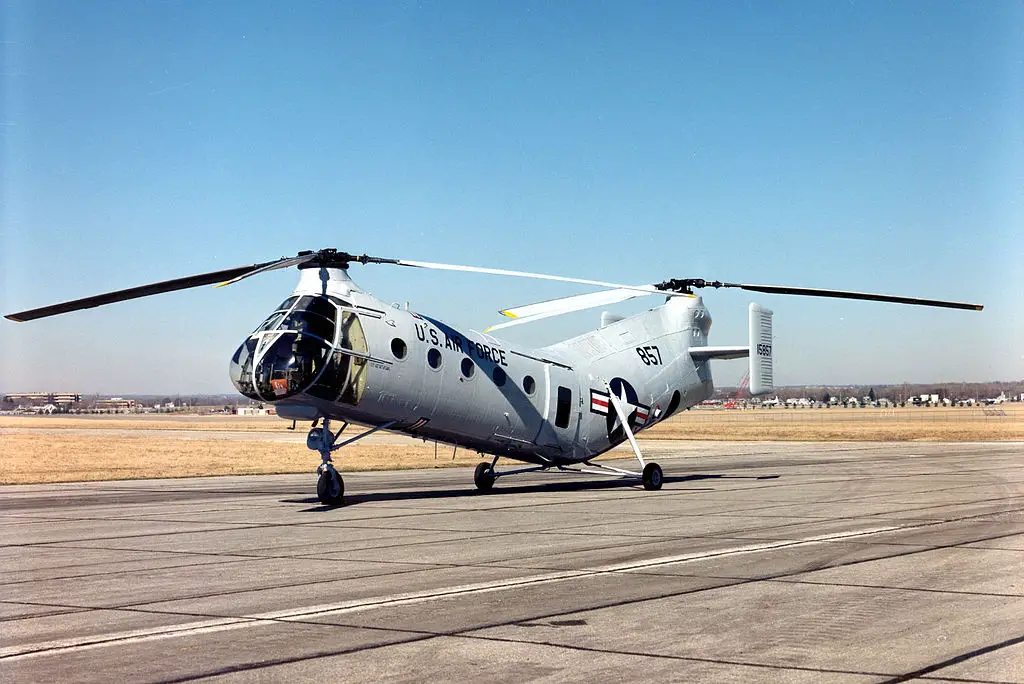
Arctic rescuer
The Air Force initially ordered 32 H-21A Workhorse helicopters for search and rescue operations. They were equipped with rescue hoists and heavy duty heating and were intended for operation in the Artic amid temperatures as low as -65 °F. The USAF also later ordered H-21B variant for troop transport. It could carry 22 fully equipped infantrymen or 12 stretchers accompanied by two medical attendants. A large part of H-21A and H-21B helicopters were used to service Distant Early Warning (DEW) radar sites scattered from the Aleutian Islands to Iceland.
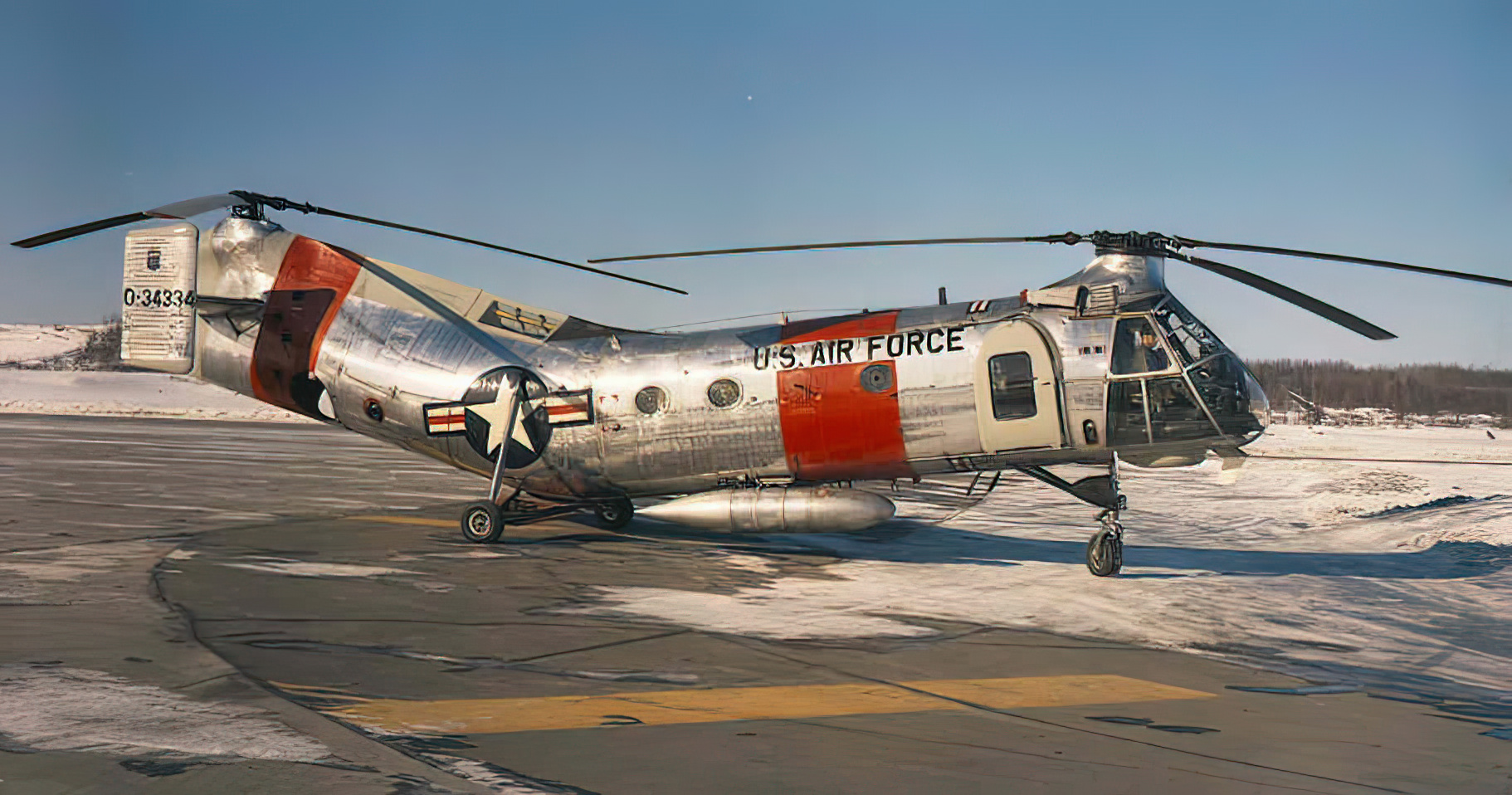
Army workhorse
Although the variant procured by the US Army starting 1954 was called H-21C Shawnee (rather than Workhorse), it became, in fact, Army’s workhorse for the next decade. It was, in particular, flown in support of early US operations in Vietnam in the first half of 1960s. However, in Vietnam’s hot climate it didn’t perform as brilliantly as in Alaska. After more modern UH-1 “Huey” was introduced into service, H-21 was phased out by 1965. UH-1 could not fully substitute H-21, though.
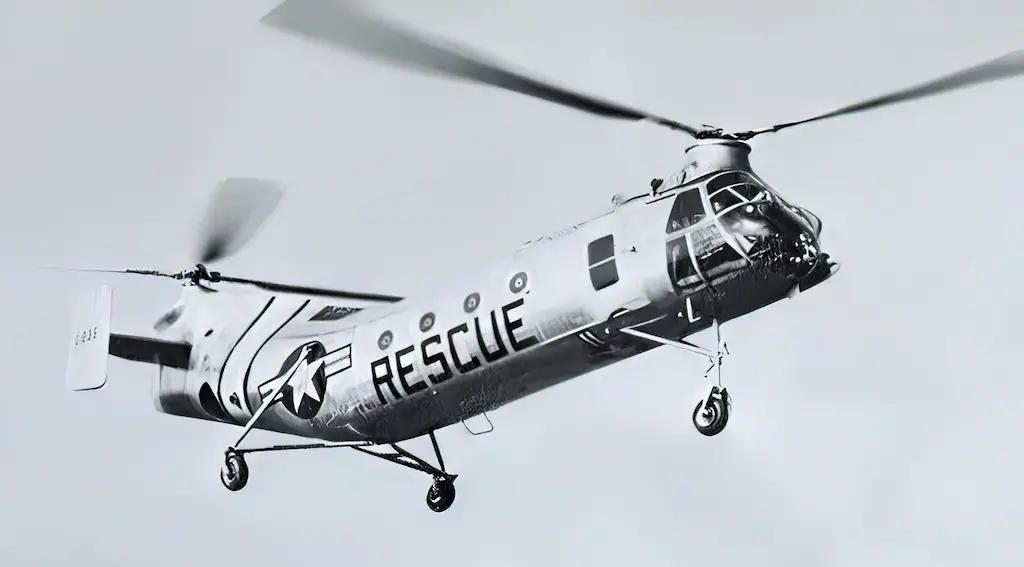
While Shawnee could lift a whole infantry squad, Huey carried just some 4-5 troops. That role was filled again only a couple of years later, once the Army started receiving CH-47 Chinook helicopters. CH-47, as well as H-46 Sea Knight, were also tandem rotor helicopters developed by Boeing Vertol, which was the new name of Piasecki Helicopter Corporation. Built upon the experience provided by the H-21 and its predecessors, Chinook and Sea Knight remained US military’s transport mainstays throughput several following decades.

